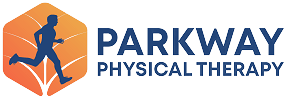Services
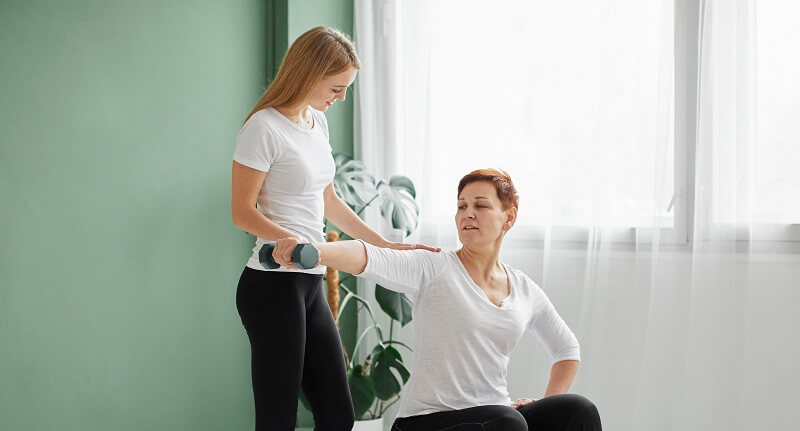
Rehabilitative Exercise
Rehabilitative Exercise is what likely comes to mind when someone says “physical therapy”. Rehabilitative Exercise includes stretching, strengthening and cardiovascular endurance activities, just like standard exercise, but the end goal is to restore function and decrease pain. Not all exercises are appropriate in all cases. A Physical Therapist will evaluate your particular situation and determine what exercises would work best to meet your goals.
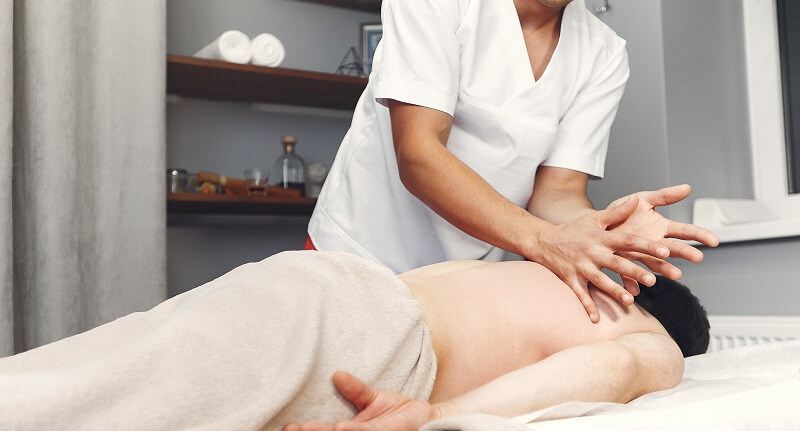
Manual Therapy
Manual Therapy refers to the therapist using their hands, and sometimes tools, to manipulate your tissues (skin, muscle, etc). Manual therapy is generally a passive treatment, meaning the therapist does the work while the patient receives the treatment, while some techniques require the patient to actively participate. There are several types of manual therapy the therapist has to choose from and not all are appropriate in each case. Your therapist will determine what is best to reach your goals.
- Types:
- Massage/Soft Tissue Mobilization
- Manual Stretching/Traction
- Myofascial Release
- Instrument-Assisted (Gua-Sha, Percussive, Myofascial Decompression)
- Contract-Relax, Rhythmic Stabilization, etc
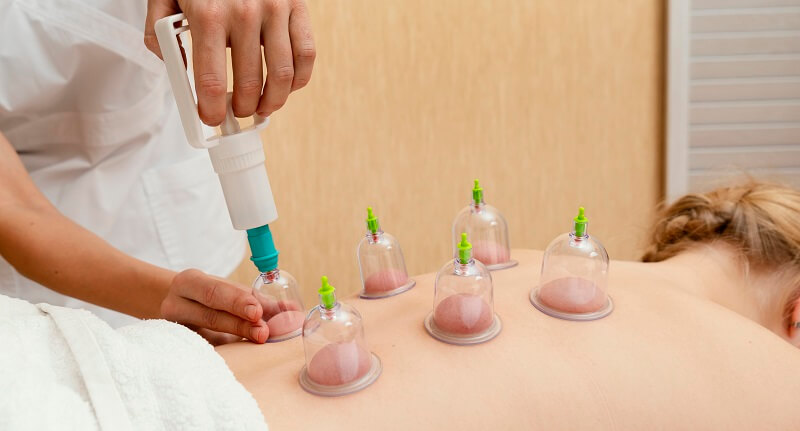
MFD-
Myofascial Decompression (MFD-) is an instrument-assisted therapy that uses pressurized cups to separate the layers of tissue around a joint or other restricted area. The patient is then lead through various movements to increase mobility and range of motion about a joint. Once the cups are removed, the patient is directed to perform select exercise to “retrain” the body’s movement patterns, also known as neuromuscular re-education, to maintain the improvements gained during the treatment.
Please note: MFD- is NOT “cupping”. Cupping has been practiced for centuries in Eastern medicine and is usually performed by a licensed acupuncturist or reflexologist. While they may look similar they are separate and distinct treatments. Either can be beneficial to the patient. Parkway Physical Therapy does not offer cupping, but would be happy to assist someone in finding a practitioner that does. At Parkway, we want you to feel better whether it’s from our services or someone else.
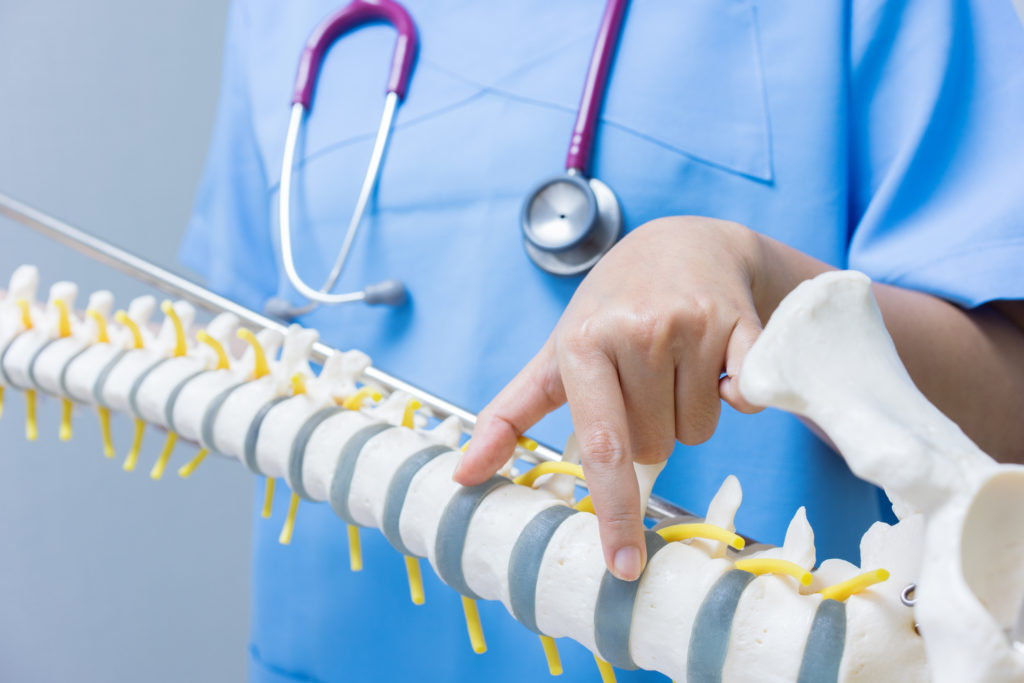
Traction
Traction is used to reduce the compressive forces on the neck and low back. It is a long, gentle stretch that can be performed both manually by your therapist or with the assistance of a machine. Traction is not indicated for all neck and low back pain, nor with certain patients. Your therapist will determine if this is a treatment you may benefit from.
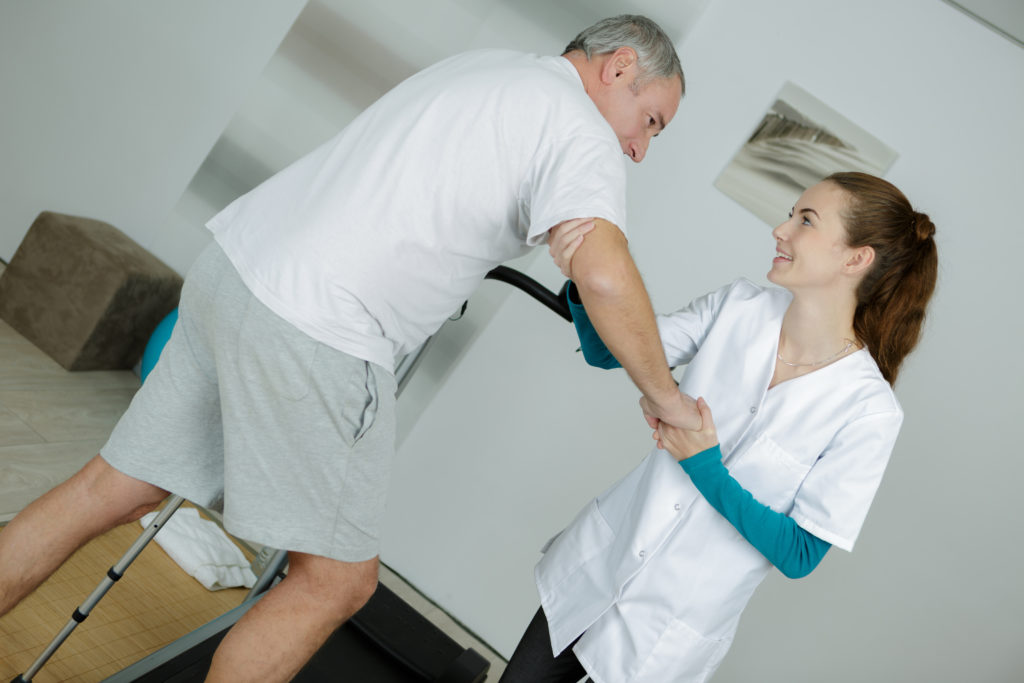
Gait Training
“Gait” refers to how someone walks. Incorrect technique can result either from habits developed over time, direct injury to a joint/body part, as a compensatory strategy for an injury elsewhere, or from certain medical conditions. Your therapist at Parkway is trained on how to analyze your gait and determine if intervention is necessary.
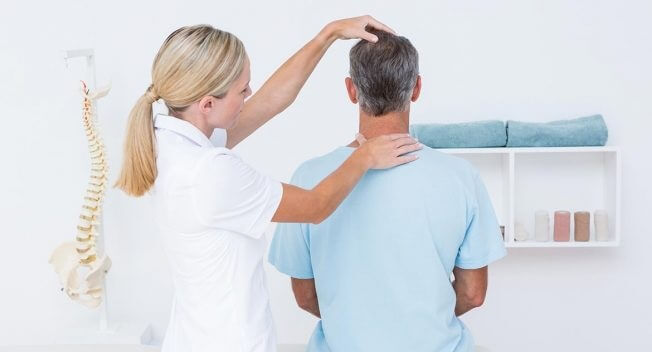
Body Mechanics
Body mechanics refers to how we move. Many have heard how improper lifting can lead to low back pain, but did you know that sitting improperly at your desk can result in pain at multiple points throughout your body? Your movement and positioning will be addressed by your physical therapist as indicated.
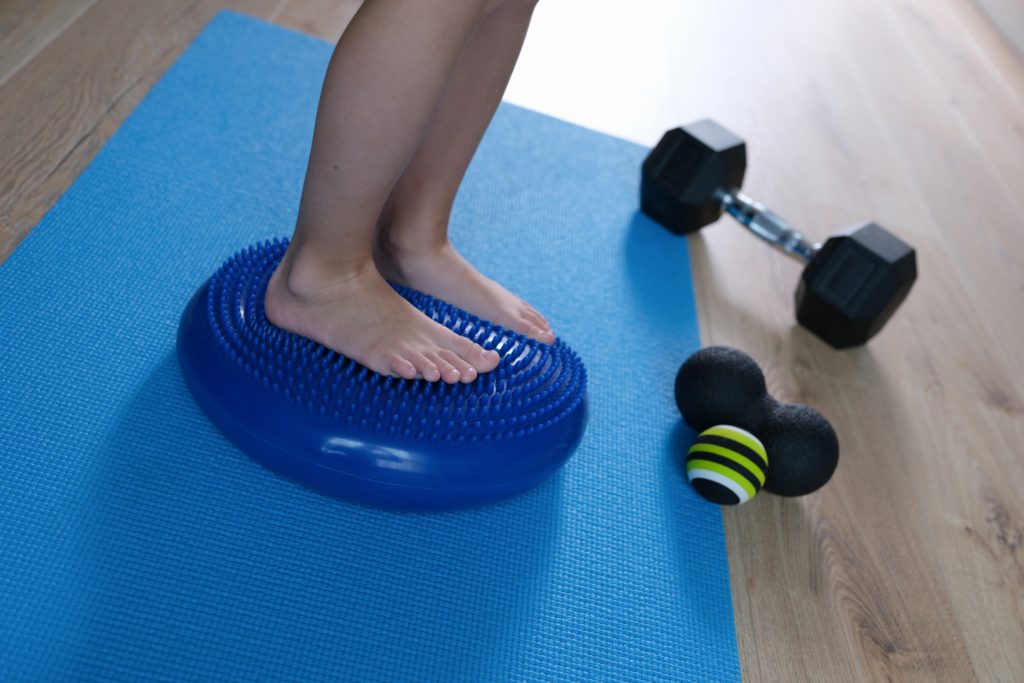
Vestibular Rehabilitation
The vestibular system plays an important role in your balance and dysfunction can lead to dizziness/lightheadedness resulting in nausea, difficulty walking, falls, and many other issues. Disorders of the vestibular system can arise from the brain or the middle ear and can occur for numerous reasons. Disorders can range from the very simple which resolve quickly to the very complex requiring multiple medical specialties and significant time to correct. Parkway therapists are skilled in this area and will work to determine the cause of your issues as this determines the treatment approach.
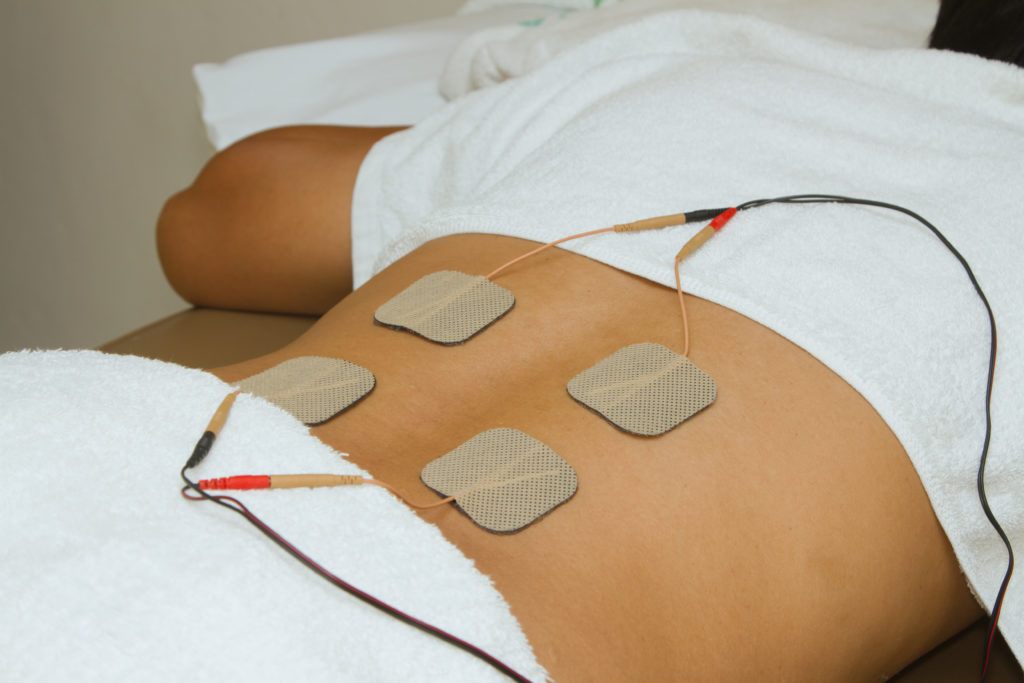
Modalities
- Heat/ice
- The application of heat and ice has been used for centuries to reduce pain and/or swelling for certain musculoskeletal conditions.
- Electrical Stimulation
- Electrical Stimulation is a common, pain-free modality used in many different areas of physical therapy for varying reasons including wound healing, muscle activation and many more. At Parkway, we utilize this treatment to reduce pain and swelling around injured tissue which allows the patient to carry out tasks and activities they might normally be unable to accomplish.
- Ultrasound
- Many times we think of ultrasound as a way to view a developing life inside the mother. In physical therapy, ultrasound is used less for imaging and more as a way to improve circulation, warm deep tissues, and increase the rate of healing. It works through a vibrating crystal in the applicator which sends sound waves deep into the tissue. Most patients feel nothing or a slight warmth at the application site. As with all treatment, this is not for every patient. Your therapist will determine if you would benefit from ultrasound.

Hand Therapy
The hand, wrist and forearm is an incredibly intricate system of bones, muscles, nerves and vasculature which allows us to perform a variety of movements both small and large. Having the use of our hands is critical to nearly everything we do and not having their use can dramatically affect our quality of life.
Parkway Physical Therapy treats a variety of injuries and conditions that frequently occur in the hand including:
- Sprains and strains
- Fractures
- Carpal Tunnel Syndrome (both pre and post surgical)
- Trigger finger
- Arthritis
- Lateral and Medial Epicondylitis
- And many more!
